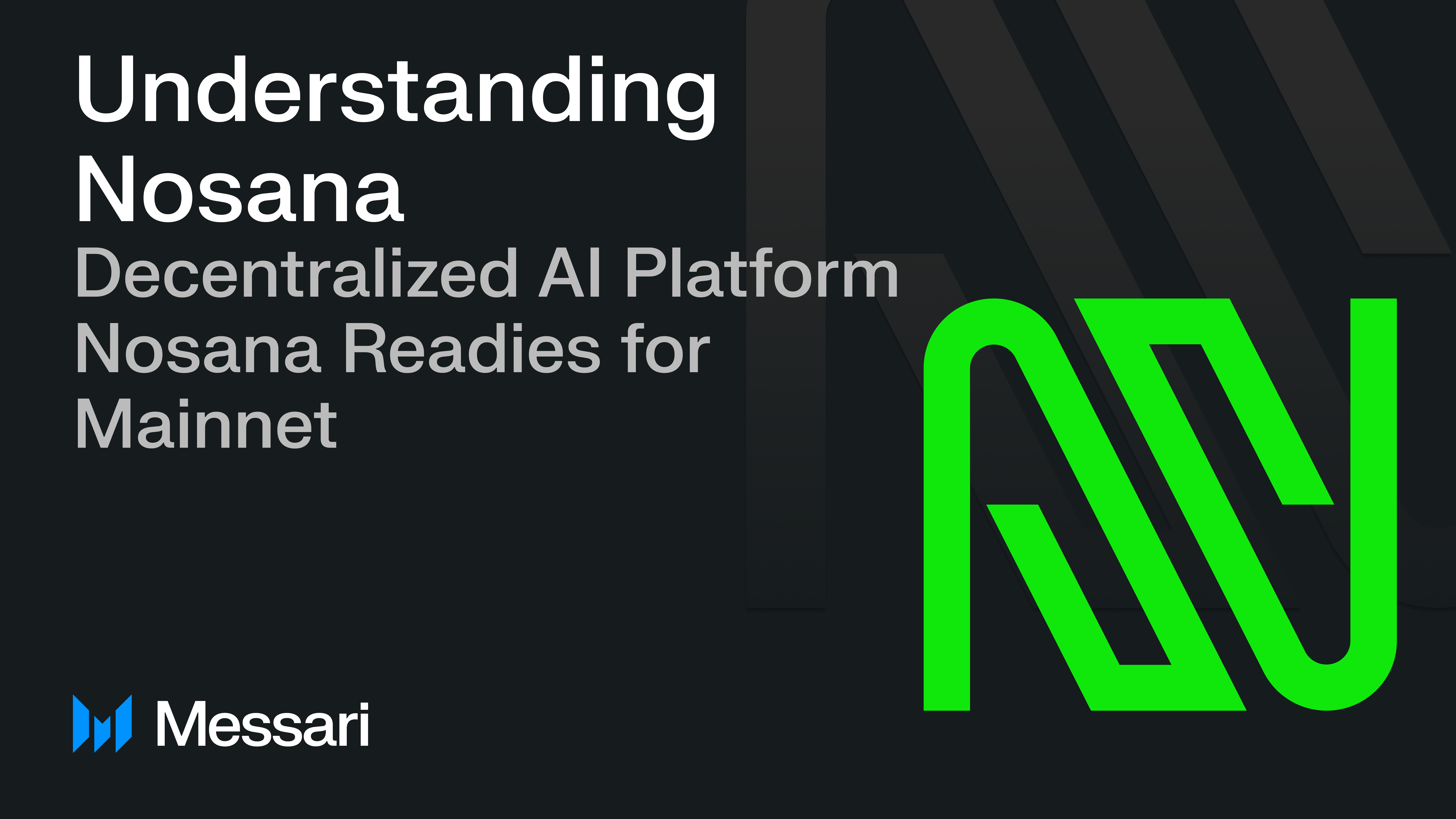Nosana's Decentralized GPU Compute Grid: A Game Changer for AI Inference

Nosana is making significant strides in the decentralized computing landscape with its innovative GPU-based compute grid designed specifically for AI inference tasks. By leveraging underutilized consumer-grade GPUs, Nosana offers a cost-effective alternative to traditional cloud providers, boasting savings of up to 2.5 times. In 2024 alone, the network completed 985,000 jobs, driven by a surge in demand following the onboarding of 1,000 new nodes. With 29.7 million NOS tokens staked, valued at approximately $92.4 million, the project is gearing up for its mainnet launch scheduled for Q1 2025, which will fully operationalize its GPU compute grid.
Initially launched in 2021 to provide decentralized automation services for developers, Nosana pivoted towards AI inference in response to the explosive growth in AI demand post-ChatGPT. This strategic shift was motivated by the realization that the need for AI computational resources was outpacing supply, leading to high costs. By creating a marketplace where individuals can rent out their idle GPU power, Nosana not only addresses this demand but also allows GPU owners to earn passive income. The project’s focus on AI inference positions it uniquely in the decentralized computing sector, aiming to provide accessible and affordable resources for AI developers and researchers.
Nosana’s ecosystem is further strengthened by partnerships with various organizations, enhancing its GPU marketplace’s capabilities. Collaborations with companies like Matrix One and PiKNiK illustrate the versatility of Nosana’s network in handling diverse computational tasks. As the project prepares for its mainnet launch, the NOS token will play a crucial role in facilitating transactions and governance within the network. With a dynamic staking rewards system in place, Nosana is poised to attract and retain node operators, ensuring the sustainability and growth of its decentralized compute grid in the competitive AI landscape.
Related News





